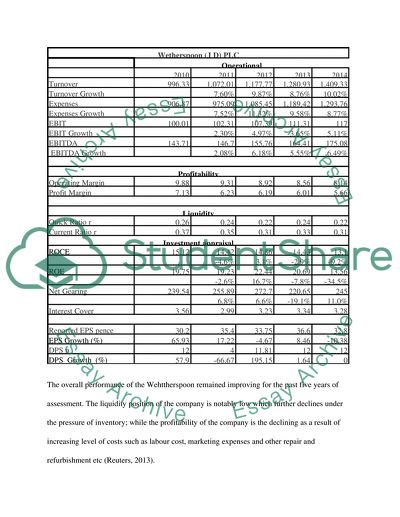Cite this document
(“Summative assignment on Next PLC Essay Example | Topics and Well Written Essays - 2500 words”, n.d.)
Summative assignment on Next PLC Essay Example | Topics and Well Written Essays - 2500 words. Retrieved from https://studentshare.org/finance-accounting/1662090-summative-assignment-on-next-plc
Summative assignment on Next PLC Essay Example | Topics and Well Written Essays - 2500 words. Retrieved from https://studentshare.org/finance-accounting/1662090-summative-assignment-on-next-plc
(Summative Assignment on Next PLC Essay Example | Topics and Well Written Essays - 2500 Words)
Summative Assignment on Next PLC Essay Example | Topics and Well Written Essays - 2500 Words. https://studentshare.org/finance-accounting/1662090-summative-assignment-on-next-plc.
Summative Assignment on Next PLC Essay Example | Topics and Well Written Essays - 2500 Words. https://studentshare.org/finance-accounting/1662090-summative-assignment-on-next-plc.
“Summative Assignment on Next PLC Essay Example | Topics and Well Written Essays - 2500 Words”, n.d. https://studentshare.org/finance-accounting/1662090-summative-assignment-on-next-plc.


